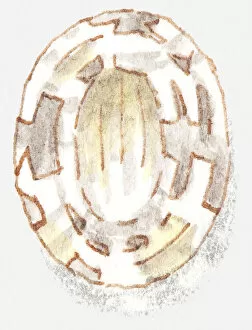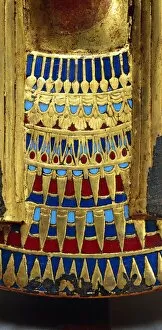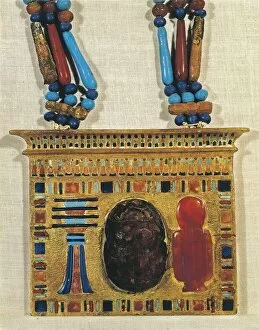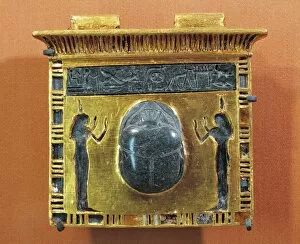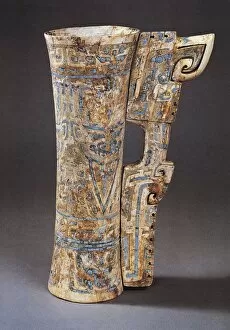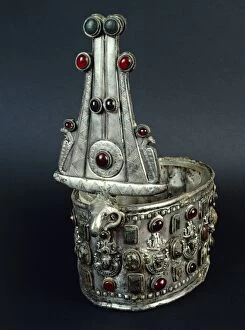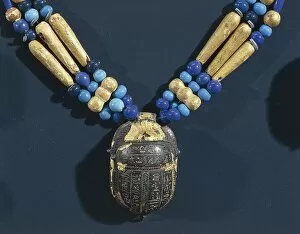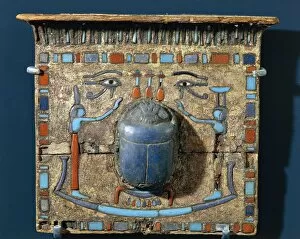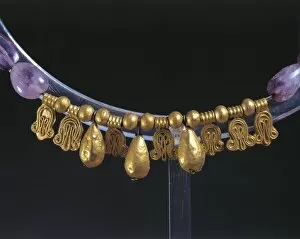Semi Precious Gem Collection
"Unveiling the Timeless Beauty of Semi-Precious Gems: A Journey through Ancient Civilizations" Step back in time to the illustrious Roman civilization
For sale as Licensed Images
Choose your image, Select your licence and Download the media
"Unveiling the Timeless Beauty of Semi-Precious Gems: A Journey through Ancient Civilizations" Step back in time to the illustrious Roman civilization, where opulence and luxury were epitomized by exquisite jewelry. Imagine a dazzling necklace adorned with glistening emeralds and an array of semi-precious stones, a testament to their love for all things precious. Intriguingly, an illustration of cut quartz transports us to Holland's Leiden, showcasing the mesmerizing beauty that lies within these translucent gems. Its delicate facets reflect light like no other, captivating hearts throughout history. But our journey doesn't end there; we venture further into Teotitlan del Camino in Oaxaca. Here lies a turquoise encrusted skull—an extraordinary find that speaks volumes about ancient civilizations' fascination with vibrant hues and intricate craftsmanship. Returning to quartz once more, another illustration showcases its allure—a gemstone that has captivated humanity for centuries. Its versatility as both a raw mineral and when skillfully cut is truly awe-inspiring. Lapis lazuli takes center stage next—a deep blue gem treasured by the Romans for its celestial hue. Such was its allure that it graced necklaces worn by noblewomen during this golden era. We then delve into Egypt's rich heritage—the Kingdom of Amenhotep III reveals burial mask details featuring Tuya's necklace made from plastered cloth, gold leaf, vitreous pastes, and alabaster. This masterpiece exemplifies the grandeur Egyptians bestowed upon their adornments. Queen Hetepheres' jewels take us even deeper into Egypt's Old Kingdom—pendants from Dynasty IV evoke timeless elegance fit for royalty itself. These treasures remind us of the profound significance jewelry held in ancient societies. A color plate depicting Roman jewels discovered at Pompeii offers a glimpse into everyday life during this prosperous period. The meticulous craftsmanship exhibited in these finds serves as a testament to the Romans' love for beauty and extravagance.


